
|
We'd like to apologize to any returning customers who are still waiting for their 2012 Catalogs!
If you haven't received your catalog in the mail (and haven't yet requested one),
please request a catalog online or call us at (540) 894-9480.
Starting Sturdy Spring Seedlings
We've posted a new Beginner's Growing Guide that covers the basics of seed starting for beginners. Novice seed starters should also seek out other resources: talk to local gardeners, find your local Master Gardeners, and read gardening books for your region! We recommend Nancy Bubel’s classic guide The New Seed Starter’s Handbook for anyone learning about starting plants from seed.
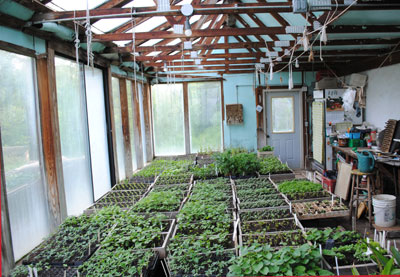 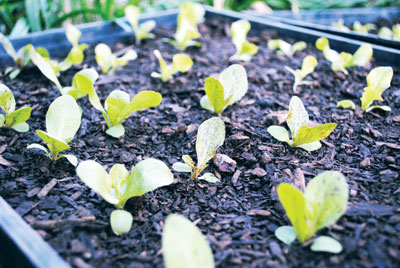 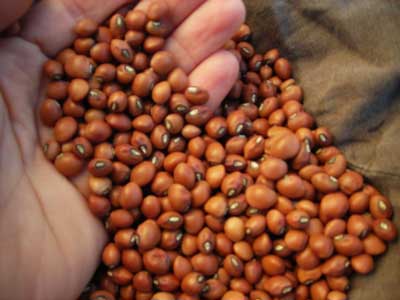
|
What to Sow in February and March
Sow directly into the garden:
There's plenty you can direct sow in the garden over the next couple months, as long as the soil isn't too wet. Once the seeds germinate, they're no longer in danger of rotting in water-logged ground, so take advantage of dry spells to work the soil and sow your most cold-hardy seeds. For direct sowing outdoors in early spring we recommend snap peas, snow peas, English (shelling) peas, herbs like cilantro and parsley, radishes, spinach, and mustard greens and lettuces sown close together (simply harvest by mowing down to about 2 inches, being sure to leave the growing point intact).
Start transplants indoors:
Cool-season crops for transplanting should be started very soon, so they'll be in the ground in time to mature before hot weather really hits. These crops should be started in February if at all possible, or sow them directly in the garden when the soil is dry enough: broccoli, cabbage, kale, and collards.
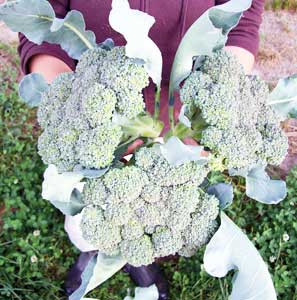   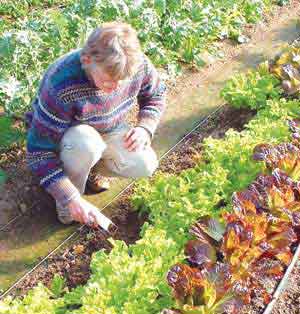
In most areas tomatoes, peppers, and eggplants need to be started indoors in February or early March for planting outside when the soil's warm enough. Ambitious gardeners who want to start harvesting a few weeks earlier or who have short growing seasons will start delicate okra and cucurbits like watermelons, melons, cucumbers, and squash indoors in pots in March and April (avoid damaging the delicate tap roots by sowing into pots or soil blocks, and transplanting to the garden when the plants are still small).
|
Getting More Hot-Season Crops from your Cool-Climate Garden
Are you looking at the new USDA zone map, thinking that now that you're one zone warmer you might try growing peanuts or southern peas this year? There are lots of of techniques and equipment for extending your growing season in cool climates where hot-season crops barely get enough heat and time to ripen before frosts hit. But often choosing the right variety can make the differnce between a small just-in-time harvest and bountiful production. Here's our guide to choosing the right varieties, for temperate climate gardeners who want real Southern flavor.
 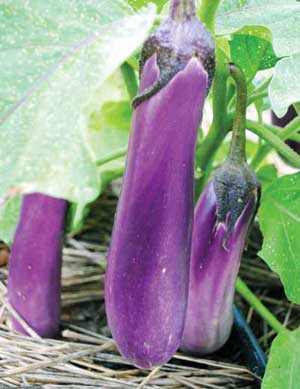 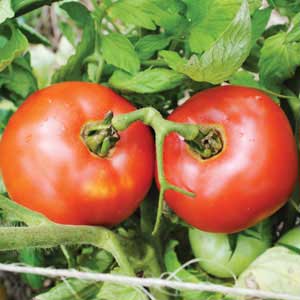 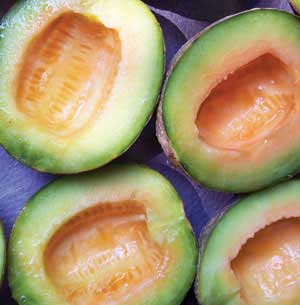
Okra: You might think okra is just for gardeners in the deep South, but we have varieties that mature fruit in as little as 50 days. Okra plants run the gamut from two and half foot tall dwarfs to ten foot tall giants: if your summers are short and cool, you should choose short, quick maturing varieties. Growers as far north as Maine have had success with the excellent heirloom dwarf okra Cajun Jewel. You might also try Lee and the classic heirloom Clemson Spineless. (Note: Pacific NW growers are, sadly, usually unable to grow okra, there just isn't enough heat for okra to thrive.)
Peppers: Don't be intimidated by growing peppers! Lots of heirloom peppers come from Eastern Europe, where summers are more mild. You can grow peppers even if you have cool nights and mild summer days. We suggest looking for short-day varieties that originate in cooler regions: Bull Nose is a medium-sized red bell that's ready in just 58 days. Medium-sized, early-maturing bells like Gamba and Doe Hill Golden Bell; wax peppers like Early Hungarian and Feherozon; smaller peppers like Lipstick and Ashe County Pimento; and frying peppers like Melrose and Marconi can all produce prolific harvests even in cooler summers.
Read the rest of the article >> |
|
Events Reminder: We donate 10% of all winter events sales to the Organic Seed Alliance. Support sustainable regional agriculture and visit us to buy seeds at these upcoming conferences...
|
|
Join Alexis for an Intensive Grafting Workshop
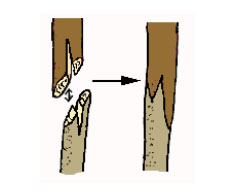
Fruit Grafting and Propagation All Day Intensive
Saturday, April 7th Charlottesville, Virginia
Read the full flier >>
|
Stop by Ira's new blog

Gardening in the Southeast features heirloom varieties and how to cook from your garden year round.
|
Southeast Seed Survey
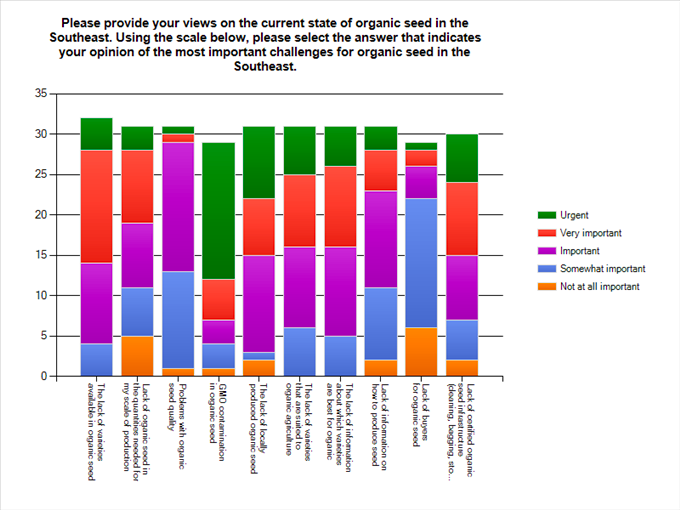
Help the Organic Seed Alliance assess the organic seed system in the Southeast by taking 10 minutes to fill out this Southeastern Organic Seed Survey >> |
|
|
 SouthernExposure.com SouthernExposure.com
Please Contact Us with questions, concerns, and garden photos!
Southern Exposure Seed Exchange
P.O. Box 460, Mineral, VA 23117
Phone: 540-894-9480 Fax: 540-894-9481 |
|
